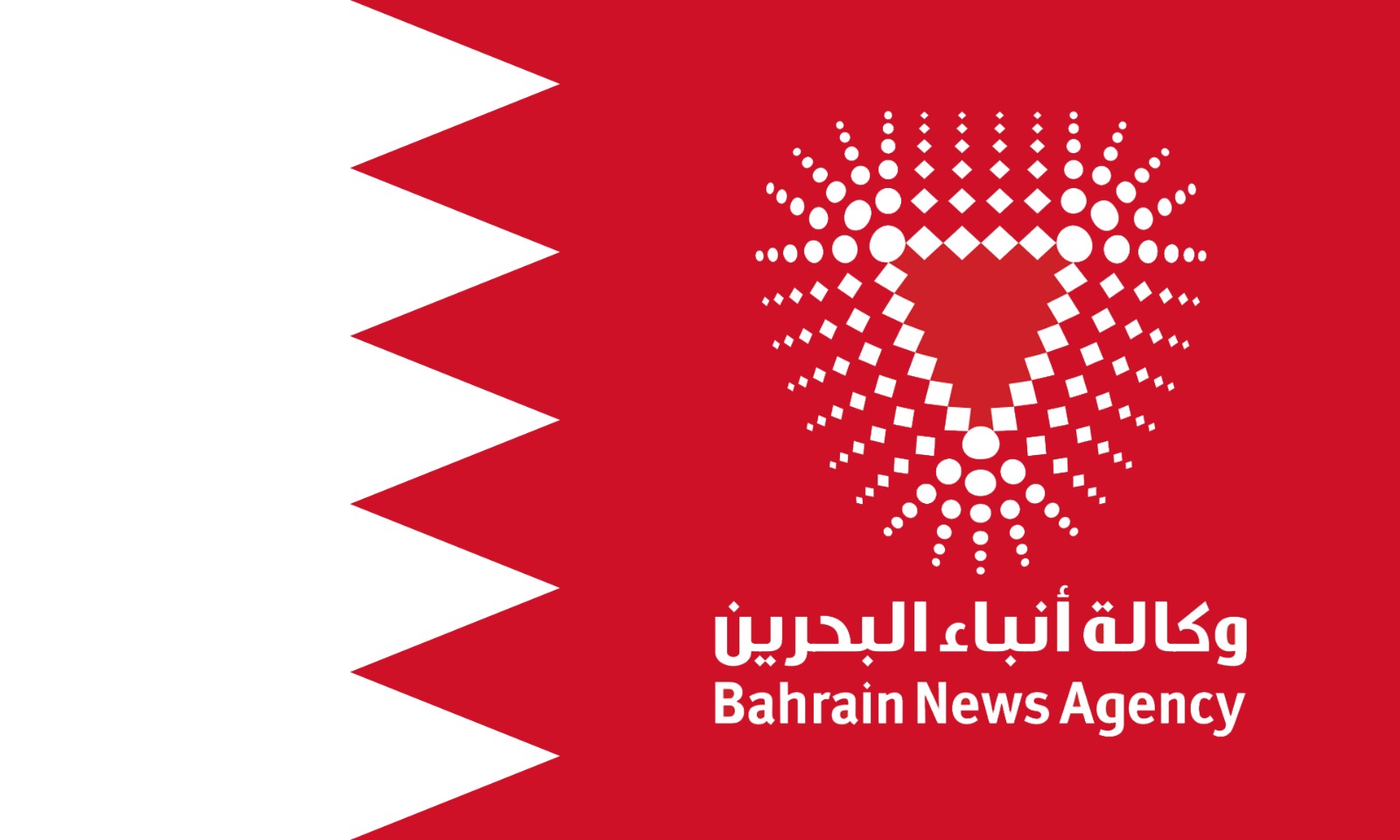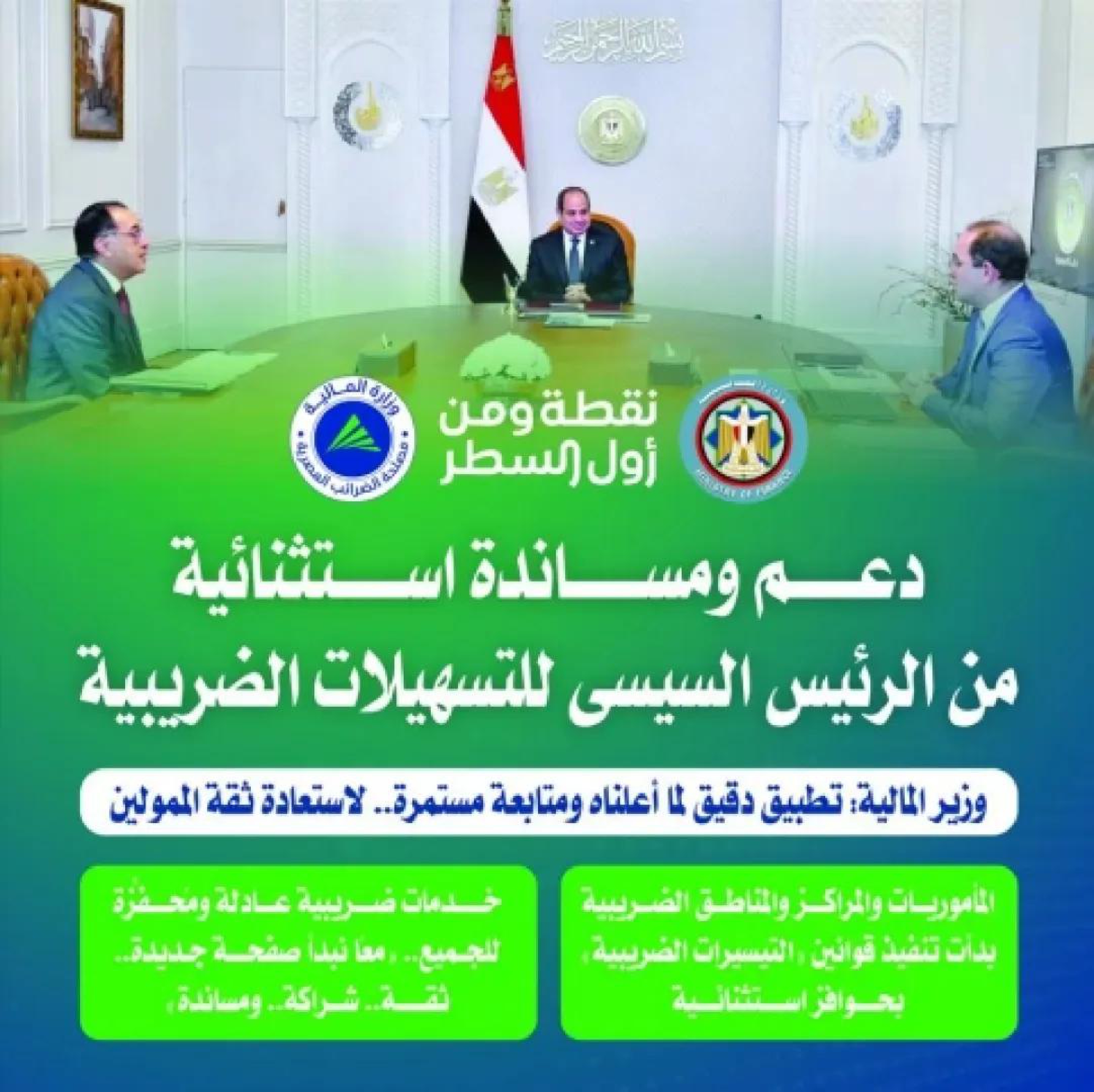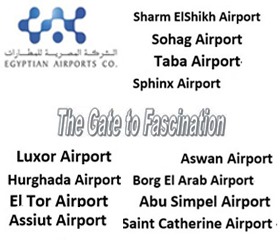CAIRO, June 23 (MENA) - The Cabinet’s Media Center said Monday the new Bus Rapid Transit (BRT) project represents a paradigm shift in Intelligent Transportation Systems (ITS), reflecting integration of advanced mobility solutions that enhance efficiency, safety and environmental sustainability in public transport.
It also reaffirmed the State’s commitment to providing safe, integrated public transit that enhances mobility for citizens, particularly in view of the significant progress achieved in Egypt’s transport sector in recent years.
Director of the BRT Project at the Transport Ministry Mahmoud el-Sheikh said in a video published by the Cabinet’s Media Center on its social media platforms that the project represents one of the sustainable public transport systems being implemented for the first time in Egypt.
Its route has been designed to extend over 113 kilometers, covering all major areas and intersections along the Ring Road, said the project's director.
It aims to streamline passenger movement along the Ring Road in a modern and efficient manner, enabling the transport of the largest possible number of passengers in the shortest time, he added.
He also said the project is being implemented over three phases, with the trial operation of the first phase already underway, extending from the Ring Road’s intersection with the Alexandria Agricultural Road to the Police Academy station in New Cairo.
This phase serves densely populated areas and major junctions, including the Alexandria Agricultural Road, the Suez Road and the Ismailia Desert Road - thereby providing an efficient transport service to Greater Cairo commuters arriving from various governorates, according to the project director, the project's director said.
He explained that the station selection was based on criteria designed to ensure the project’s integration with existing public transport networks, including Cairo Metro Line 2 at Shubra El-Kheima, Line 1 at El-Marg and Adly Mansour central interchange station.
This contributes to improving the overall efficiency of the transport network and expanding service coverage to broader segments of the population, he added.
Several citizens praised the project, affirming that it represents a qualitative leap in public transport services by offering comfortable travel, reduced waiting times, punctual operations and a high level of service quality.
They also expressed satisfaction with the onboard safety standards and the affordability of ticket prices across various passenger segments, factors that promote greater reliance on this modern mode of transport as a practical and convenient alternative to traditional systems. (MENA)
R R N/S A S
Cabinet Media Center: Bus Rapid Transit represents significant shift in smart transportation solutions
Egypt/Cabinet/BRT/Local
You have unlimited quota for this service





 ar
ar en
en fr
fr







